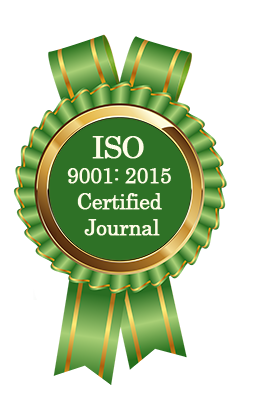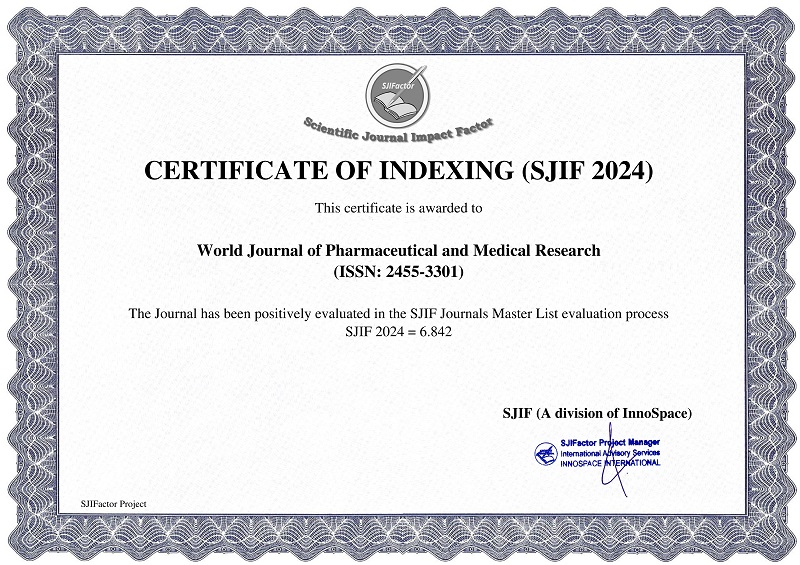EXPERIMENTAL STUDY ON THE NEPHROPROTECTIVE POTENTIAL OF SHLESHMATAKADHYA AGAD IN PARACETAMOL-TREATED WISTAR RATS
Dr. Manish Kumar, Dr. O. P. Singh, Dr. Ramesh Chandra Tiwari, Dr. Bhawana Mittal* and Dr. Pooja Sharma
ABSTRACT
Introduction: Paracetamol overdose is a known cause of nephrotoxicity due to the accumulation of its toxic metabolite, N-acetyl-p-benzoquinone imine (NAPQI), which causes oxidative stress and renal damage. In Ayurvedic terms, this condition corresponds to the concept of Dushi Visha—a form of chronic, latent toxicity. Material and Methods: An experimental study was conducted on 18 Wistar rats divided into three groups (n = 6): Control (distilled water), Test (Shleshmatakadhya Agad, 12 gm/kg), and Standard (Mucinac, 54 mg/kg). Nephrotoxicity was induced by oral administration of paracetamol (1000 mg/kg) for seven days. Treatments continued for 30 days, followed by evaluation of Biochemical parameters (blood urea and serum creatinine) and kidney weight. Histopathological analysis of kidney tissues and acute toxicity testing (300mg/kg up to 2000 mg/kg) were also performed. Result: The results showed that the test group treated with Shleshmatakadhya Agad exhibited a significant reduction in blood urea (from 37.57 ± 2.10 to 24.71 ± 1.86 mg/dL, p = 0.0012) and serum creatinine levels (from 2.93 ± 0.28 to 1.21 ± 0.10 mg/dL, p < 0.0001), compared to the control group. Histopathological examination confirmed a marked improvement in renal architecture, showing only mild inflammation and necrosis in the test and standard groups, as opposed to moderate damage in the control group. No significant changes in kidney weight or no behavioural abnormalities were observed, indicating the formulation's safety. Conclusion: Shleshmatakadhya Agad significantly reduced nephrotoxicity markers and improved renal histology, supporting its traditional use as a Vishaghna and suggesting its potential as a safe, effective herbal nephroprotective formulation.
[Full Text Article] [Download Certificate]



